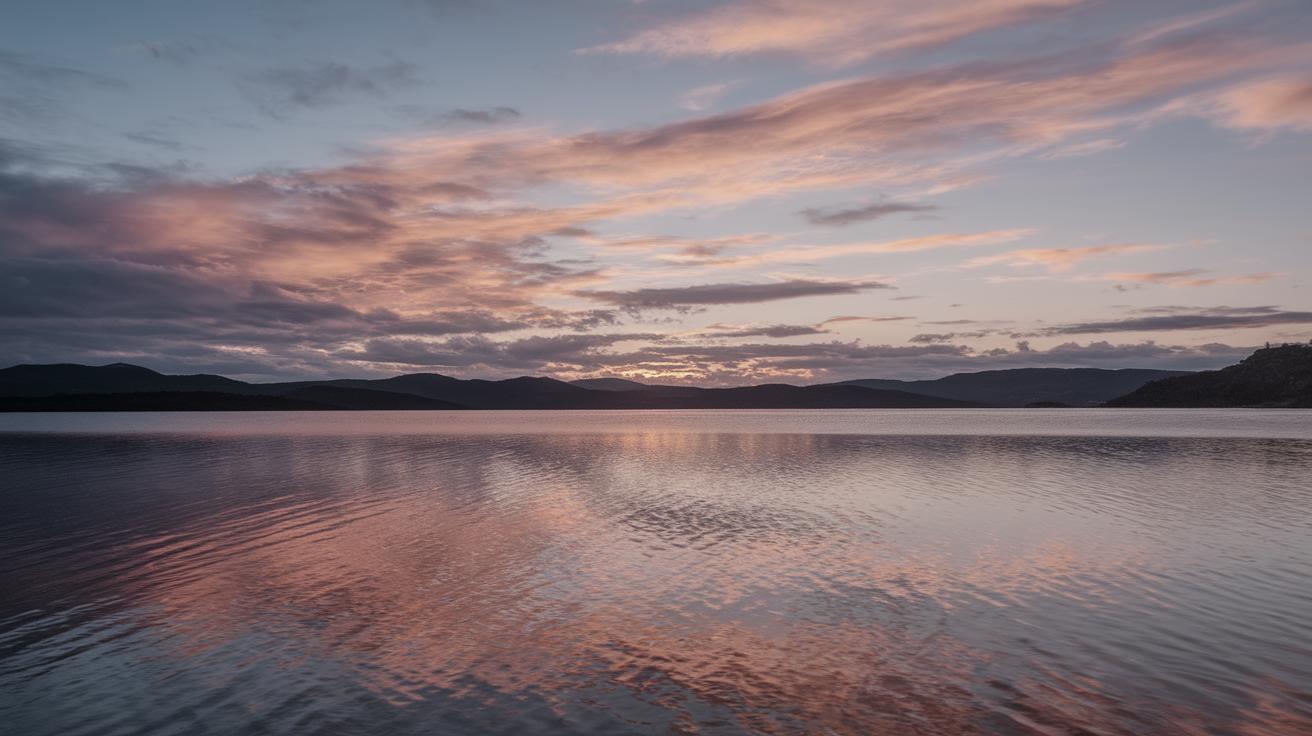How to Use Filters to Enhance Photographs
Photography filters have revolutionized the way we capture and express scenes by allowing us to manipulate colors, moods, and atmosphere in our images. They are powerful tools that can turn ordinary photos into extraordinary works of art. This comprehensive guide will walk you through the various types of filters available and provide you with valuable tips on how to effectively use them to enhance your photographs. Whether you are a seasoned photographer or a curious beginner, understanding the nuances of filters can elevate your photography game to new heights. Dive into this article to explore different types of filters, their applications, and the impactful results they can achieve.
Section 1
Filters come in a variety of types and serve different purposes. The most common filters include UV filters, polarizing filters, neutral density filters, and color enhancing filters. UV filters are primarily Protective, shielding the lens from dust, scratches, and potentially harmful ultraviolet rays. While they don’t alter the look of your photographs, they offer peace of mind for photographers who are often on the move.
Polarizing filters, on the other hand, are known for their capability to reduce reflections and glare, especially when photographing water, glass, or other reflective surfaces. They enhance color saturation and contrast, making skies appear bluer and foliage appear richer. Polarizers are more effective when the sun is at an angle, typically around 90 degrees from your subject.
Section 2
Neutral Density (ND) filters are essential for photographers who love experimenting with exposure. These filters reduce the amount of light that enters the lens, allowing for longer exposure times without overexposing the photo. This is particularly useful when you want to capture movement, such as flowing water or passing clouds, with a silky, smooth effect.
There are several variations of ND filters, including graduated ND filters that darken a specific part of the image, often used in landscape photography to balance the exposure between a bright sky and a darker foreground. With ND filters, creative possibilities expand, enabling you to achieve dramatic and ethereal visuals in high-light conditions.
Section 3
Color enhancing filters are designed to intensify colors for vibrant and dynamic images. Warm filters, usually in shades of yellow, orange, or red, can bring warmth to a scene, often used in travel and landscape photography to enhance sunsets and autumn foliage. In contrast, cool filters in shades of blue or green can lend a cold, moody tone to your images, often used in portrait or fine art photography.
Experimenting with different color filters can dramatically alter the emotional ambiance of your photograph. By carefully selecting and combining filters, you can convey various moods, from warmth and nostalgia to isolation and mystery, transforming your photos into storytelling tools that capture the viewer’s imagination.
Section 4
While photography has predominantly moved into the digital space, many photographers still use physical filters. However, digital processing software—such as Adobe Lightroom or Photoshop—now offers digital filters that can mimic almost any physical filter effect. These tools provide immense flexibility, allowing you to adjust the intensity of the filter effect as well as undo changes if needed.
Digital filters have empowered even those with minimal photographic equipment to achieve professional-looking results. These tools can replicate the effects of polarizing filters, neutral density filters, and a variety of color enhancements with precision, making them a valuable asset for overseeing post-processing and enhancing images to match your creative vision.
Section 5
Choosing the right filter involves understanding your photographic goals and the environment you are working in. For landscape photographers, polarizing and graduated ND filters are indispensable for capturing natural beauty with high contrast and vivid colors. Portrait photographers might reach for color enhancing filters to add warmth or drama to their subjects.
However, the key is not to rely on filters excessively. Instead, use them thoughtfully to enhance the existing beauty or emotion captured in your photos. The best photographs remain those that tell a compelling story without relying heavily on post-production elements.
Section 6
Before using filters, familiarize yourself with your equipment and practice using different types in various conditions. Consider keeping a set of basic filters in your kit, such as UV, polarizing, and an ND filter, to cover a range of photographic scenarios. Shooting in manual mode or adjusting the exposure compensation and white balance can further enhance the effects achieved with filters.
In the digital age, where almost anyone can snap a picture, understanding how to properly use filters can set your work apart. Whether capturing serene landscapes, dynamic cityscapes, or compelling portraits, these tools are invaluable for any photographer aiming to translate their vision into truly remarkable images.
Rate this article
Your feedback helps us improve our content. Please rate the usefulness of this article.
Thanks for your feedback
We appreciate your thoughts. Feel free to share any additional comments below.
Tell us more
If you have specific topics you would like us to cover or thoughts on how we can improve, let us know!
More articles on Photography
Explore our collection of photography guides and techniques to further enhance your skills and knowledge.
Are you sure you want to delete your contribution?
Confirm if you wish to permanently remove your input. This action cannot be undone.
Are you sure you want to delete your reply?
Confirm if you wish to permanently remove your reply. This action cannot be undone.
| Filter Type | Purpose | Application |
|---|---|---|
| UV Filter | Lens Protection | Used to protect lens from scratches and dust |
| Polarizing Filter | Glare Reduction & Color Enhancement | Reduces reflections; ideal for landscapes and reflective surfaces |
| Neutral Density Filter | Light Reduction | Allows for extended exposure times without overexposure |
| Color Enhancing Filters | Color Adjustment | Enhances specific color wavelengths for mood adjustment |


